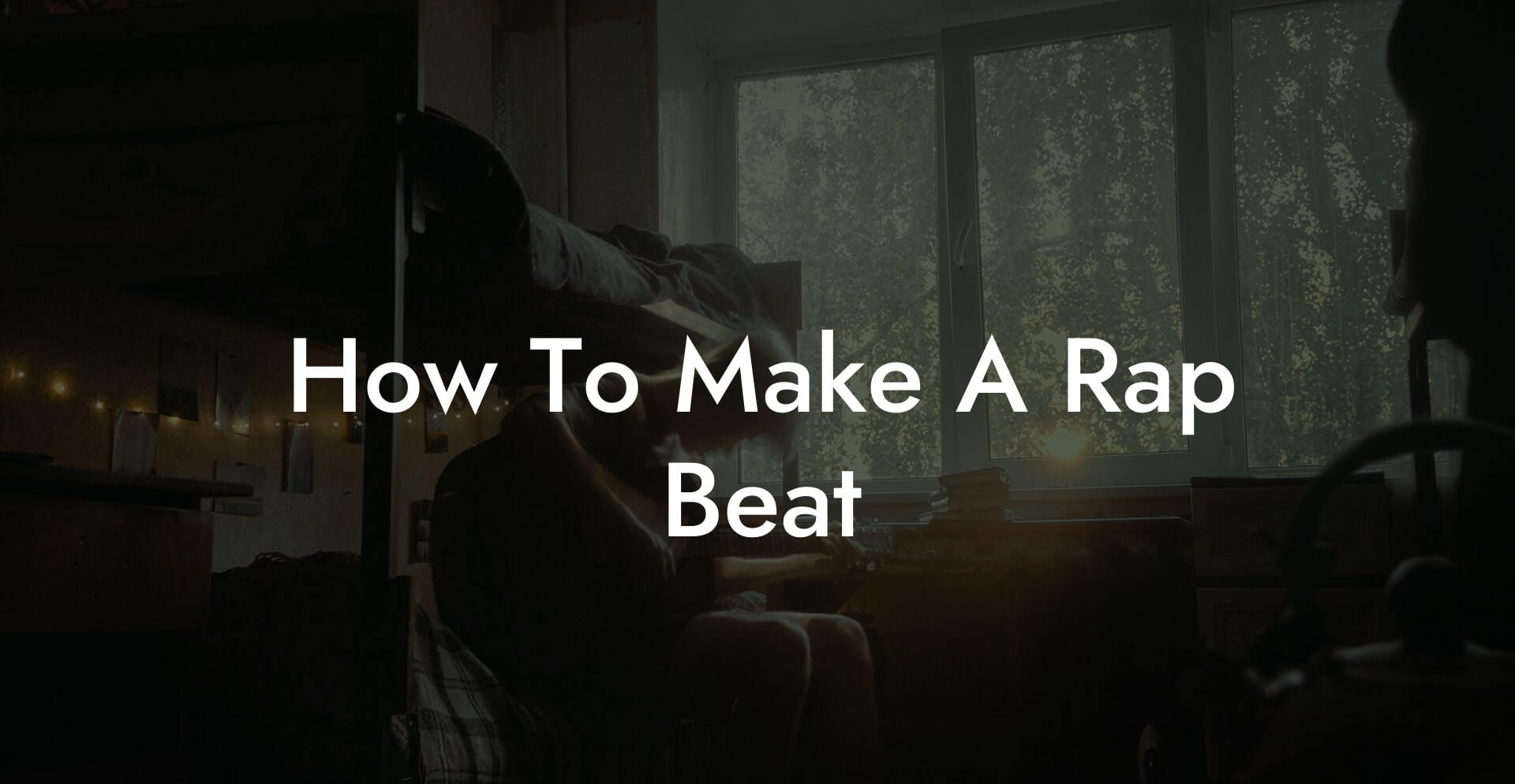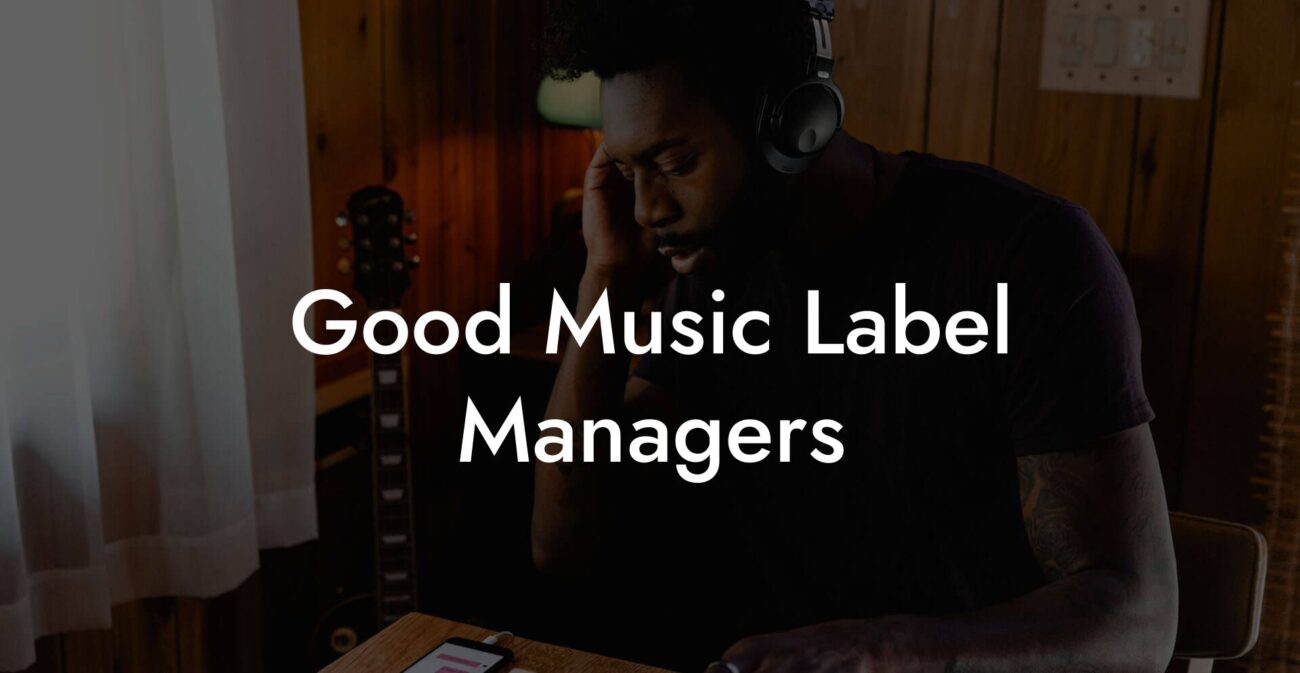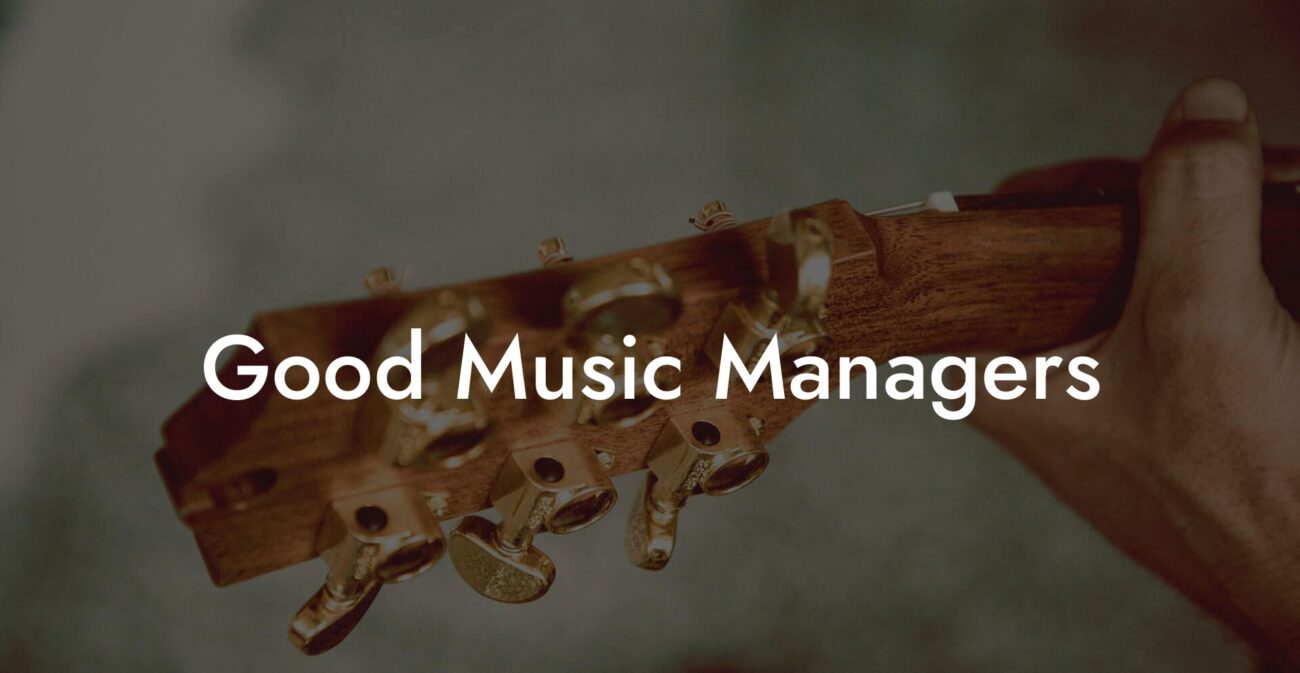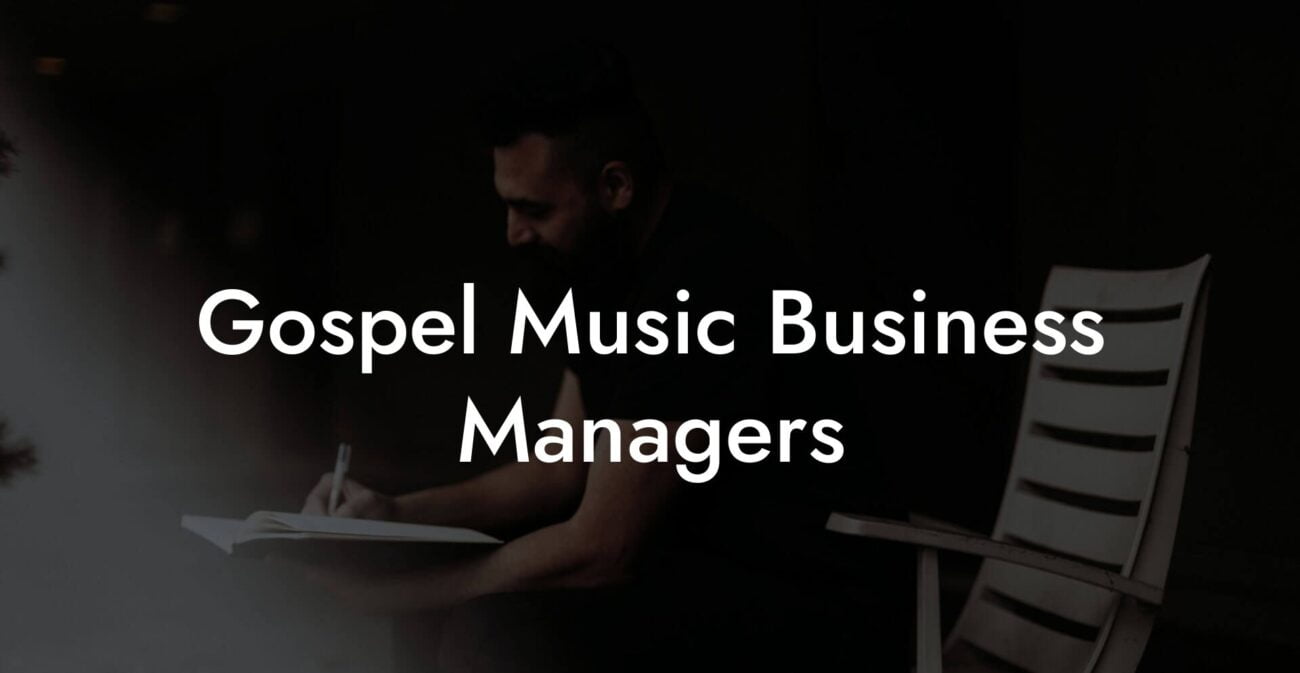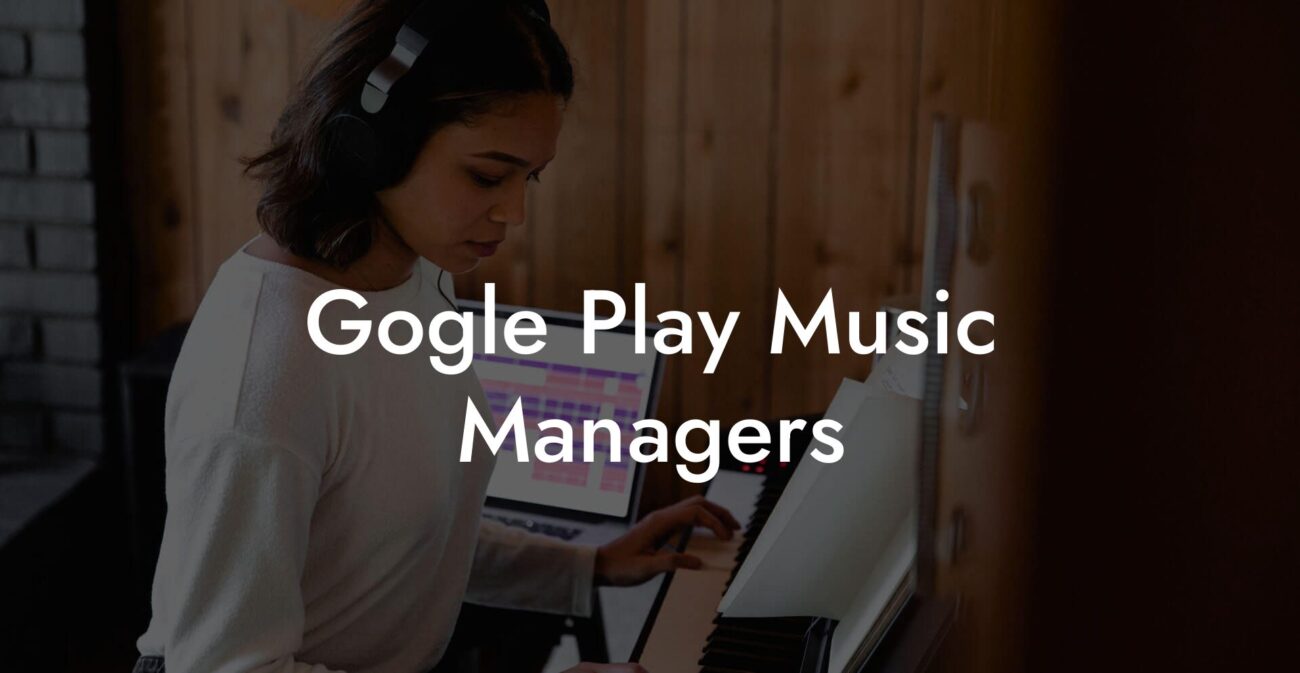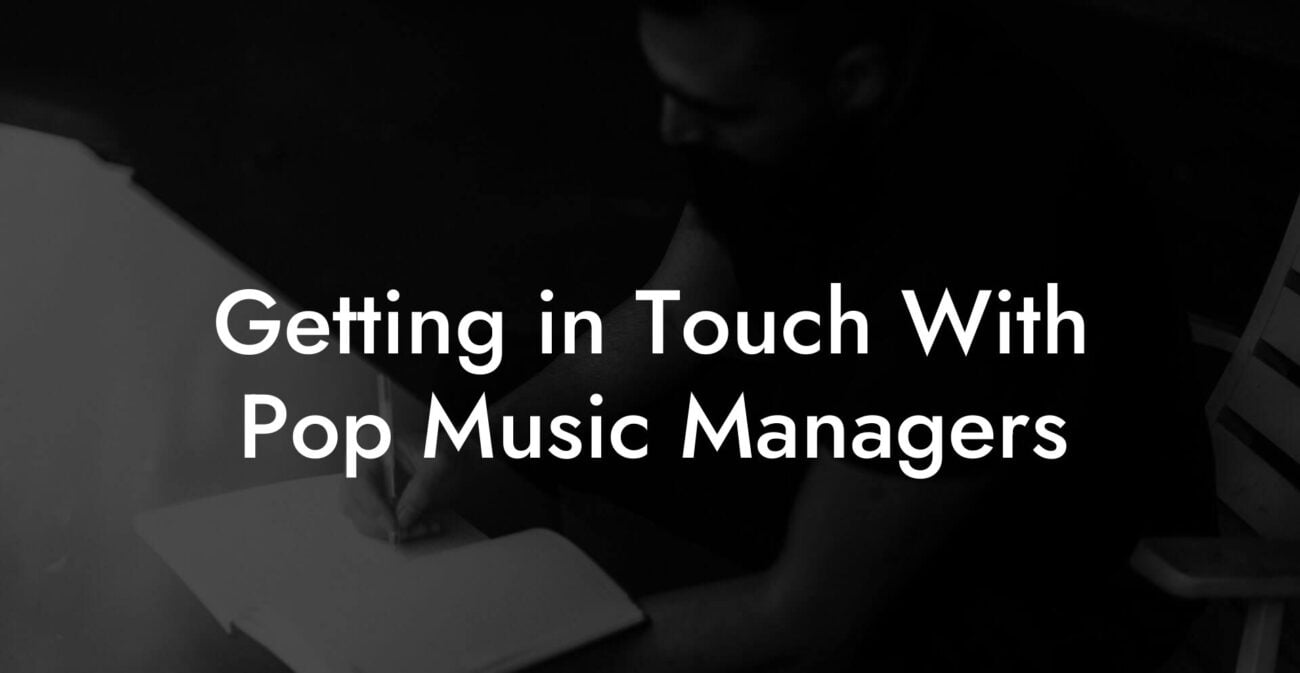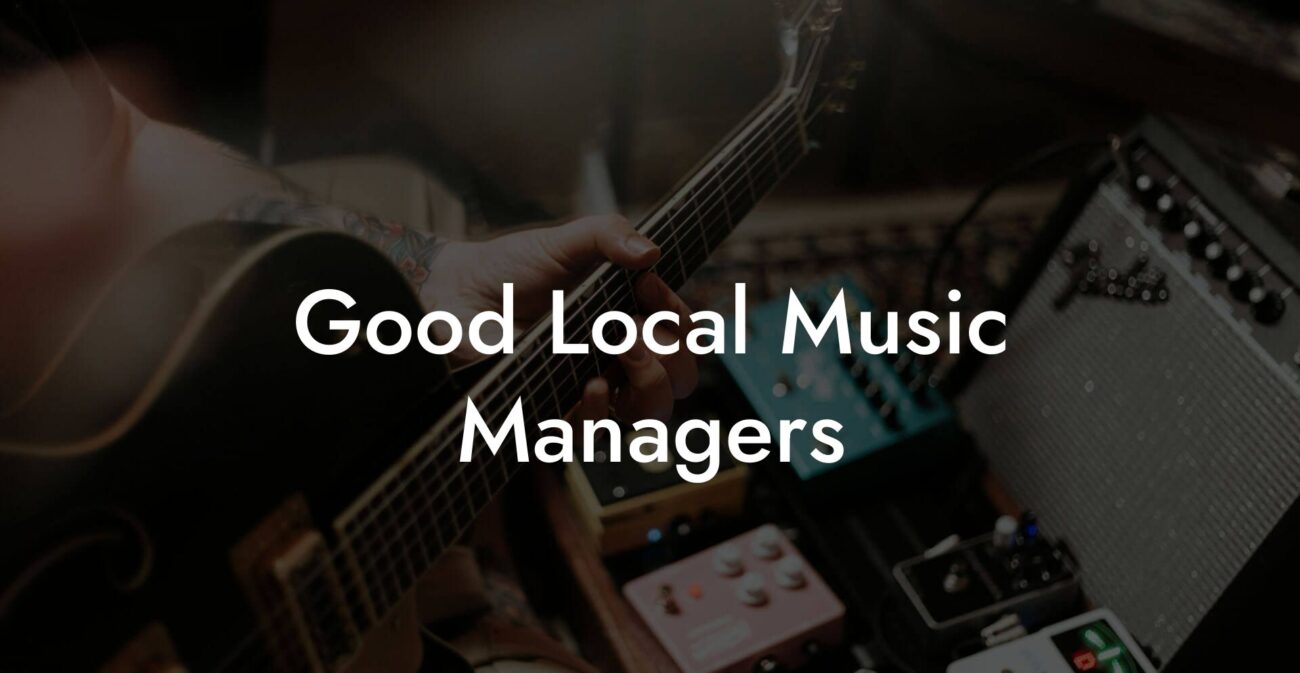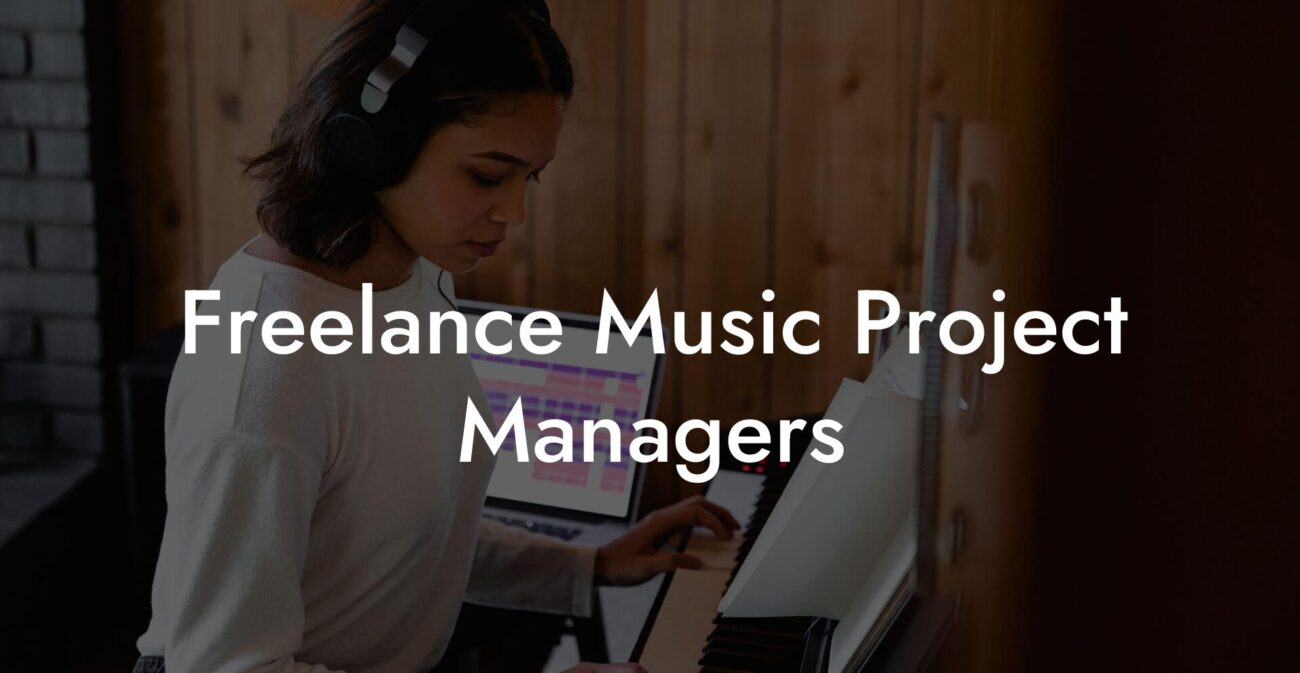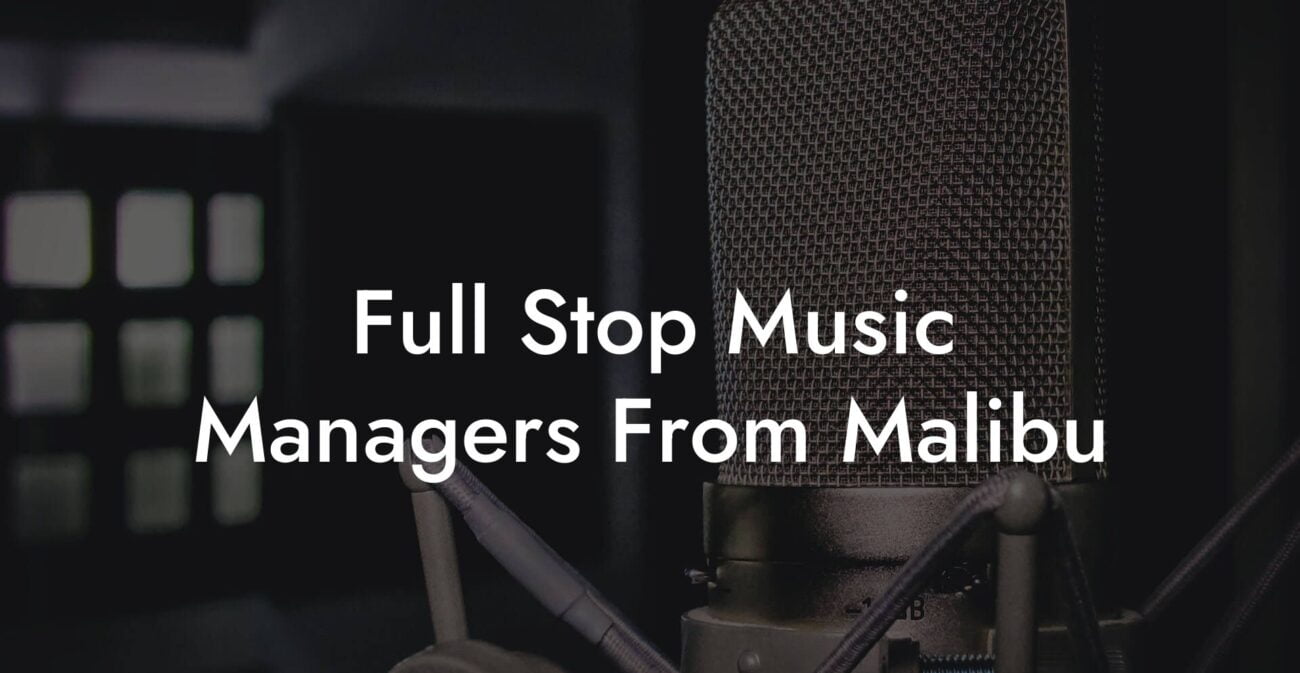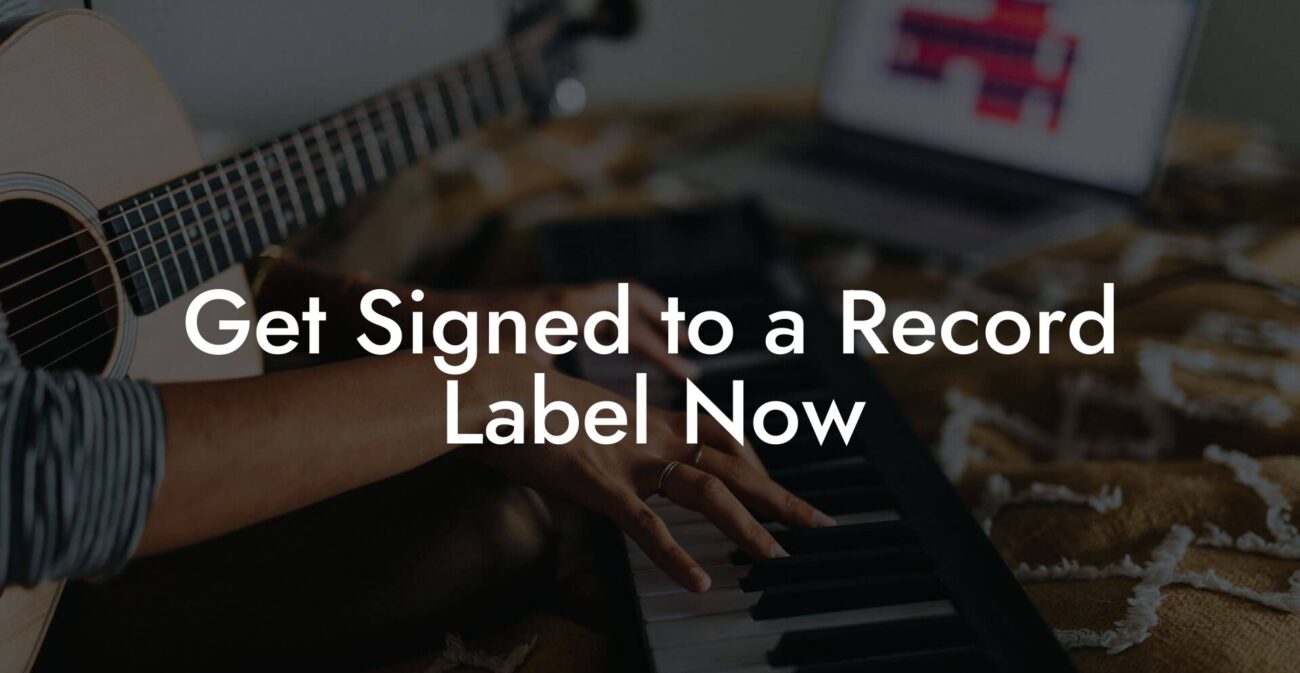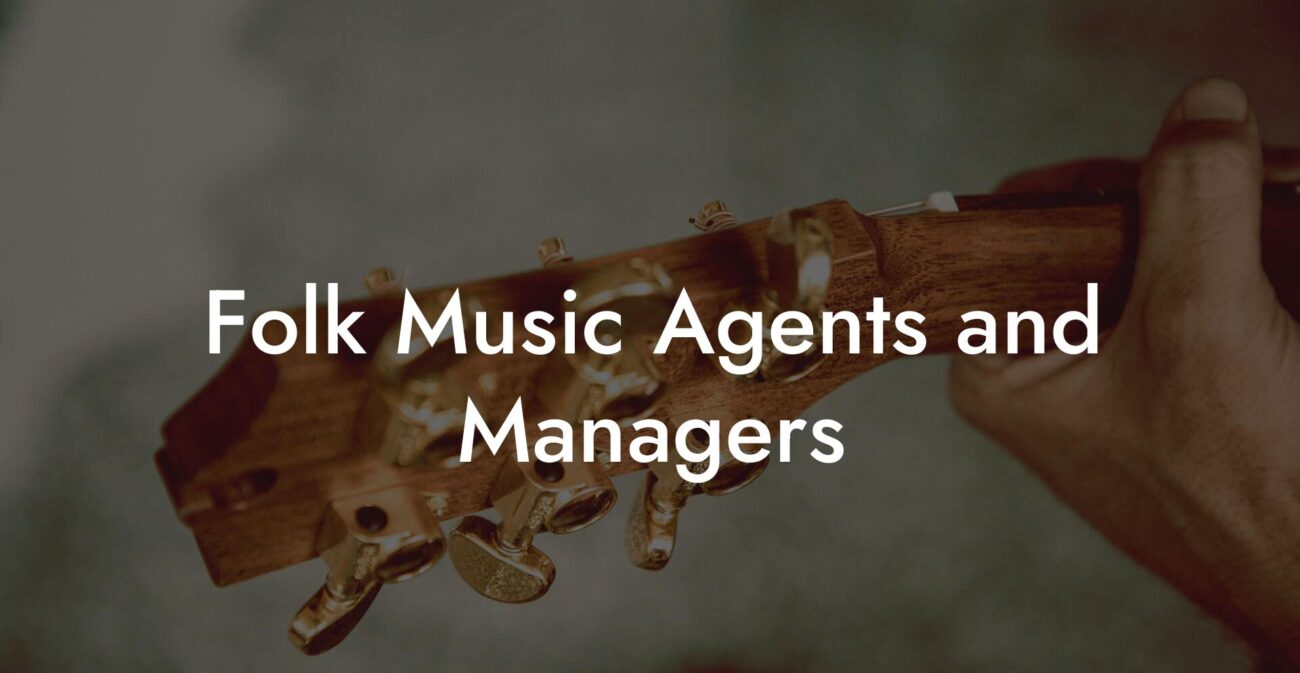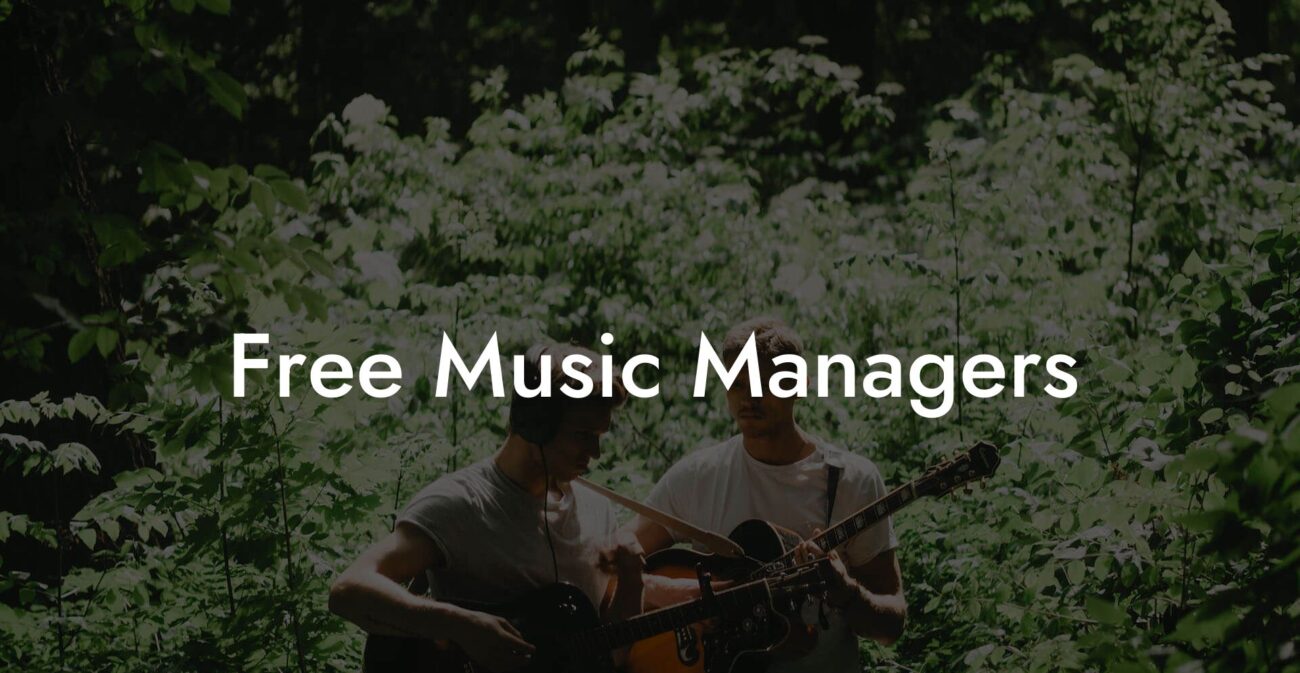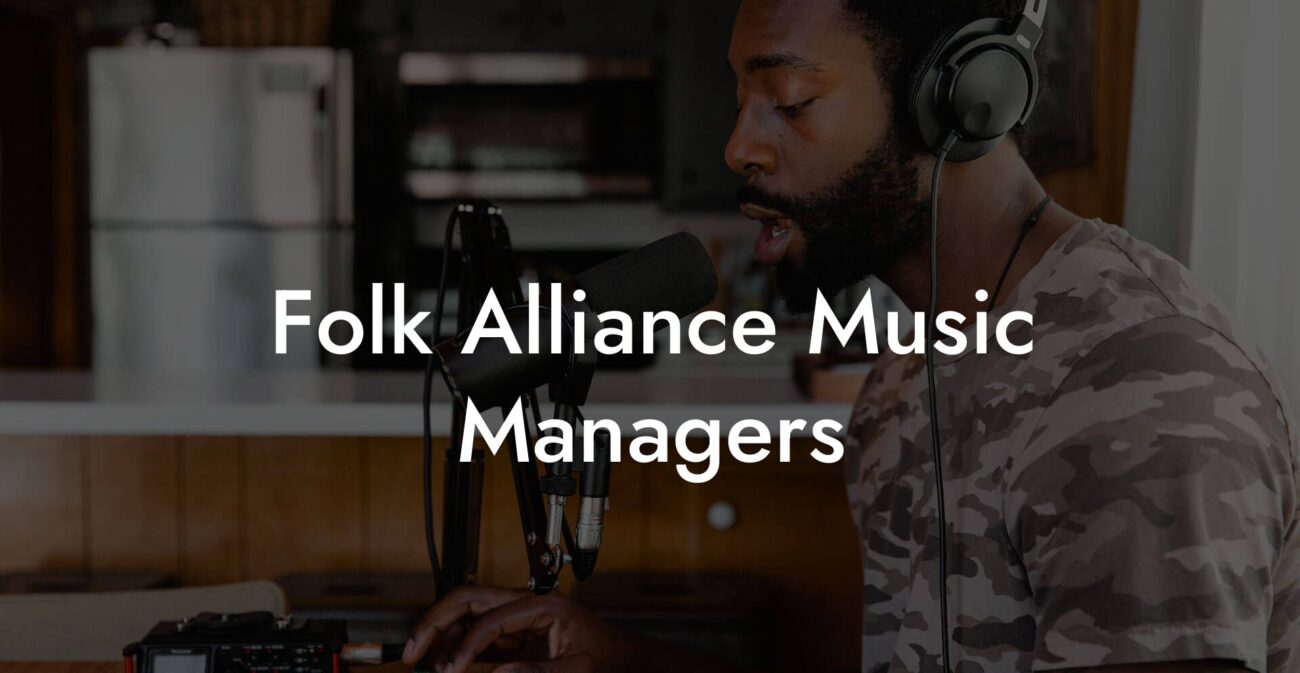Ready to drop that sick beat but not quite sure where to start? Imagine turning your computer into a beat-making beast that lays down grooves so fresh even your headphones nod in approval. Welcome to the ultimate guide on how to make a rap beat—a no-nonsense, laugh-out-loud journey through the art of crafting those head-nodding, mind-blowing, bass-thumping tracks that get your creative juices flowing. Whether you’re just tinkering with loops in your bedroom studio or gearing up to join the ranks of legendary beatmakers, this guide has everything you need to get your rhythm right and your beats on point.
Looking to write your next song? Transform your creative ideas into songs that people will love, and skyrocket your music career with Lyric Assistant. The perfect songwriting assistant. Find out more →
Quick Links to Useful Sections
- Understanding the Basics of Rap Beat Making
- Choosing Your Tools: The Essential Gear for Beat Making
- Setting Up Your Digital Audio Workstation (DAW) for Success
- Organizing Your Project
- Optimizing Performance
- Crafting the Perfect Drum Pattern
- Building Your Beat: Melody, Bass Lines, and Harmonies
- Creating Catchy Hooks and Unique Sound Effects
- Drilling Down into Arrangement and Structure
- Mixing and Mastering: Polishing Your Track to Perfection
- Leveraging Samples and Sound Libraries
- Collaborating and Learning from the Pros
- Overcoming Creative Blocks and Staying Inspired
- Integrating Lyric Writing into Your Beat Making Process
- Resources and Community Support: Your Next Steps
- Advanced Techniques and Pro Tips to Elevate Your Beat
- Case Studies: Breaking Down Iconic Rap Beats
- Putting It All Together: Your Ultimate Rap Beat Blueprint
- Frequently Asked Questions About Making a Rap Beat
- Your Journey to Master Beat Making
Understanding the Basics of Rap Beat Making
Before you start banging out drum loops and triggering samples, it’s crucial to understand what a rap beat is all about. Think of a rap beat as the heart of a track—it controls the flow, sets the mood, and gives a rapper something to ride over. At its core, a rap beat is a combination of rhythm, melody, and creative sound design that creates an atmosphere where your lyrics can shine. Much like building a house, your beat needs a solid foundation, reliable structure, and some artistic flair.
In the world of rap, beat making has evolved far beyond simply tapping on a drum machine. Today, producers harness state-of-the-art digital audio workstations (DAWs), virtual instruments, and a vast array of samples to experiment with different textures and sonic landscapes. This guide will break down the process so you can navigate the maze of tools, techniques, and creative decisions that go into producing that perfect rap beat.
Whether you’re looking to mimic the booming trap rhythms of Atlanta, the soulful vibes of East Coast boom-bap, or the boundary-pushing sounds of modern experimental rap, understanding these basics is your first step towards mastering your craft. Get ready to mix, layer, and fine-tune your tracks to create something uniquely you.
Choosing Your Tools: The Essential Gear for Beat Making
Gear doesn’t make the beat, but having the right tools can make your creative process smoother than the freshest vinyl. The beauty of modern beat making is that you can get started with just a computer and a dream. However, as your skills progress, you might want to invest in some gear that can boost your workflow and creativity.
Write Lyrics Like a Professional Songwriter
The ultimate songwriting tool that takes your creative vision to the next level! With just a few clicks, you can unleash your inner songwriter and craft a hit that's uniquely yours. Your song. You own it.
Here are the must-haves for any aspiring beatmaker:
- Your Computer: Whether you’re on a laptop or desktop, a reliable computer with decent processing power is your command center. Look for one that can handle the demands of your DAW without lagging during those marathon sessions.
- Digital Audio Workstation (DAW): The heart of your studio is your DAW. Popular choices include FL Studio, Ableton Live, Logic Pro, and Reason. Each comes with its own set of features and quirks, so choose the one that feels right for your style.
- MIDI Controller: A MIDI keyboard or pad controller can offer a hands-on approach to playing melodies and triggering drum samples. This isn’t strictly necessary, but it certainly makes the process more tactile and fun.
- Audio Interface: For recording any live instruments or vocals, an audio interface improves sound quality and reduces latency. Even if you’re sticking to digital instruments, it can be a handy piece of gear.
- Headphones/Monitors: Clear, accurate audio playback is critical. Invest in a decent pair of studio headphones or monitors to ensure you can hear every little detail in your mix.
- Samples and Plugins: From drum kits to synth sounds, your sonic palette is enriched by samples and plugins. There’s a plethora of free and paid options to explore, ranging from vintage analog emulations to futuristic sound design tools.
With these tools in your virtual studio, you’re well-equipped to dive into the creative process. Remember, while gear is important, the true magic comes from how you use these tools to express your personality and style.
Setting Up Your Digital Audio Workstation (DAW) for Success
Now that you’ve chosen your gear, it’s time to set up your DAW—a digital playground where your raps and beats collide. Here’s how to optimize your DAW for creating rap beats:
Start by customizing your workspace. Most DAWs allow you to create templates with your favorite instruments, effects, and routing configurations pre-loaded. This means you can jump straight into beat making without fussing over setup details every time you sit down.
Organizing Your Project
Keeping your project organized is like keeping your studio tidy—a cluttered workspace leads to creative roadblocks. Here are some tips:
- Color Coding: Use color coding for different tracks (drums, bass, synth, vocals) to quickly identify components during mixing.
- Labeling Tracks: Give every track a clear, descriptive name. Instead of “Track 1” or “Synth A,” label them as “808 Bass” or “Lead Synth.”
- Grouping: Group related tracks together. For example, group all percussion elements into one bus. This helps manage effects and volume levels in one go.
Optimizing Performance
Make sure your DAW is running at peak performance—nobody likes a laggy session, especially when you’re on a creative high. Here are a few hacks:
- Buffer Settings: Adjust your buffer settings to reduce latency. A lower buffer size might be ideal for recording, while a higher one works better during mixing.
- Disable Unused Plugins: Free up resources by disabling plugins that aren’t in use. Every little bit counts when you’re trying to keep your system running smoothly.
- Regular Backups: Always save and back up your projects. You never know when a software crash might send your masterpiece to oblivion.
By optimizing your DAW’s performance and maintaining an organized file structure, you’ll ensure that your creative flow is as uninterrupted as your favorite sample loop.
Crafting the Perfect Drum Pattern
In the realm of rap beats, the drums are the backbone—the steady pulse that carries the entire track. Whether you’re aiming for that trap vibe with booming 808 kicks, crisp snares, and hi-hats that fly like a swarm of bees, the drum pattern sets the rhythmic tone.
Start by programming a simple loop. Lay down a kick pattern that feels solid, then add snare hits on the off-beats to keep it snappy. Once you’ve got the basics down, experiment with hi-hats:
- Hi-Hat Rolls: Use rolls and triplets to add complexity and fluidity. Don’t be afraid to play with timing—sometimes a slightly off-grid hi-hat can add a human feel.
- Layering Sounds: Combine different snare and clap samples to create a more robust and textured sound.
- Dynamic Variations: Vary the velocity and timing of your drum hits to simulate the feel of a live drummer. This helps the beat breathe and avoids sounding too mechanical.
Experimenting with these techniques will slowly build your signature style—one that is both dynamic and memorable. After all, a killer beat’s heart lies in its rhythm, and the drum pattern is where that heartbeat is forged.
Remember, not every drum pattern has to be overly complex. Sometimes simplicity, with just the right amount of swing, creates the most addictive grooves.
Building Your Beat: Melody, Bass Lines, and Harmonies
Once your drums are laying down the foundation, it’s time to introduce the melodic elements that elevate your beat from basic to bombastic. The melody is what gives your beat personality—it’s the part that lingers in your mind long after the track has ended.
Start by exploring different instruments. A great tip is to experiment with synthesizers, pianos, and even unexpected sounds like bells or strings. Keep these pointers in mind:
- The Scale and Harmony: Choose a scale that fits the mood you want to create. Minor scales are popular in rap for their moody, introspective vibe, while major scales can bring an uplifting feel.
- Layering Sounds: Build a rich texture by layering multiple sounds. For example, a soft pad underneath a sharp lead synth can add depth and character.
- Syncopation: Play with off-beat rhythms and syncopation to create unexpected twists in your melody.
The bass line is arguably the unsung hero of your beat. It locks in with the drums to keep everything together. Whether it’s a deep, rumbling 808 or a more intricate synthesized bass, make sure it’s both supportive and adventurous.
Experiment with chord progressions and melodies until you strike a chord—pun intended—that speaks to your creative soul. Remember that sometimes less is more; a simple hook or refrain can have a huge impact.
Creating Catchy Hooks and Unique Sound Effects
A rap beat isn’t complete without a catchy hook that grabs attention and a few unique sound effects that set your track apart. Think of sound effects as the spices in your musical stew—they add flavor, surprise, and personality. Whether it’s a vocal sample, a record scratch, or an ambient noise, these details can transform an ordinary beat into something truly memorable.
Start by selecting vocal chops or samples that resonate with your style. You might use a famous movie quote, a soulful snippet, or something entirely unexpected. Experiment by pitching them up or down, reversing them, or layering them with reverb to see what unique textures you can create.
Don’t be afraid to get creative with automated effects like filter sweeps, delay, and distortion. These can be applied subtly throughout the track or hit hard during key transitions to surprise your audience.
Whether you’re producing for the underground scene or dreaming of radio play, these creative touches enable your beat to stand out from the noise.
Drilling Down into Arrangement and Structure
Getting your beat to sound fresh isn’t just about the individual elements—it’s about how you arrange them. The structure of your beat can make or break the flow of a rap track. Think of your song as a story, with an introduction, a buildup, the climax, and a satisfying resolution.
Here are a few pointers for structuring your rap beat:
- Intro and Verses: Start with a solid hook or instrumental introduction that sets the tone. Then, alternate between verses and breaks to give the rapper space to shine.
- Build-ups and Drops: Create tension with build-ups that lead into explosive drops. This dynamic shift grabs the listener’s attention and adds dramatic impact.
- Transitions: Smooth transitions between sections can be achieved with risers, sweeps, and subtle sound effects. They provide hints about where the track is heading next.
- Variation: Keep your listener engaged by tweaking your arrangement from time to time. A slight change in the drum pattern or a switch-up in the melody can keep the energy fresh throughout the track.
Experiment with arrangement by thinking about your favorite songs—what makes their structure work so well? Emulate those elements while adding your unique twist, and soon you’ll be crafting beats that keep the listener hooked from start to finish.
Mixing and Mastering: Polishing Your Track to Perfection
You’ve built the beat, layered your sounds, and arranged your sections like a pro—but now comes the final polish. Mixing and mastering are the secret sauces that elevate your rap beat from rough draft to radio-ready masterpiece. This is the stage where everything comes together.
Mixing: Start by leveling all the tracks so that every element is heard clearly without overpowering the others. Use EQ to carve out space for each instrument, ensuring that your kick and bass don’t end up jamming the same frequency band. Panning can also help create a stereo image that gives depth and width to your track.
Mastering: Mastering is the final spark—an overall tweak to the track’s dynamics and tonal balance before publishing. Compression, limiting, and dabbling in a bit of saturation can make your track sound polished and professional. If you’re not confident in your mastering skills, consider using online mastering services or even professional assistance.
These steps ensure that your track “pops” on any device—from your prime studio monitors to those trusty earbuds you carry everywhere. A clean mix paired with a well-mastered track is the difference between sounding like a bedroom producer and a bona fide musical auteur.
Leveraging Samples and Sound Libraries
In the age of digital production, one of the greatest resources available to beatmakers is the vast world of samples and sound libraries. Sampling isn’t just about lifting a short clip—you’re curating a sonic palette that can be transformed into something entirely new.
Critically, ensure you’re sourcing samples from reputable libraries to avoid run-ins with copyright law. Many producers have built their careers on the clever manipulation of sounds, flipping samples in a way that honors the original while injecting a fresh creative twist.
Experiment with chopping, reversing, and re-pitching samples to make them your own. Whether it’s the crackle of an old vinyl record, the soulful hum of a vintage instrument, or a snippet of dialogue from a classic film, samples can add warmth, texture, and personality to your beat. Just remember to keep your creativity high and the legalities low.
Collaborating and Learning from the Pros
While solo studio sessions are great for cultivating your sound, sometimes the best breakthroughs come when you team up with other creatives. Collaborating with fellow musicians, vocalists, or even other beatmakers can push your boundaries and inspire ideas you might never have imagined on your own.
Consider joining online communities or local meetups focused on music production. Discuss techniques, share beats for feedback, or work on collabs that challenge your norms. Not only does collaboration spark new ideas, but it also opens doors to learning new skills and discovering fresh production styles.
Remember—every great producer was once an amateur who learned by bouncing ideas off others, sharing mistakes, and celebrating unexpected triumphs. So don’t be afraid to hit that send button and share your work-in-progress with your network.
Overcoming Creative Blocks and Staying Inspired
Creative blocks happen to the best of us—even the legends of beat making sometimes get stuck in a loop, both literally and figuratively. When your inspiration runs dry or your beat sounds as lifeless as a dial-up connection, it’s time to shake things up.
Here are some strategies to kick those creative blocks to the curb:
- Take a Break: Sometimes stepping away from your project for a bit gives your brain the rest it needs. Go for a walk, binge a favorite show, or try a new hobby—then come back with fresh ears.
- Switch Your Setup: If you typically work on your computer, try using a different DAW template, rearrange your workspace, or experiment with new plugins. Changing your environment can spark unexpected ideas.
- Beat Challenges: Participate in online beat-making challenges. Competing (or collaborating) with others can push you to try techniques you might usually avoid.
- Study Your Favorites: Analyze beats from your favorite artists. Break down their structure, instrumentation, and production techniques. Use what you learn as a springboard for your own projects.
- Create a “Scratch” Beat: Allow yourself to create a beat that isn’t meant to be perfect. Use it as a playground for experimentation; sometimes these rough drafts hold hidden genius.
Inspiration can be found anywhere—nature, movies, conversations, and even the random hum of city life. Keep an open mind, and let your creativity flow naturally.
Integrating Lyric Writing into Your Beat Making Process
What’s a killer rap beat without equally killer lyrics? While the beat sets the stage, it’s the words that tell the story. As an aspiring musician, it’s essential to consider how your rhythm and melody will complement the lyrics. That’s where tools like Lyric Assistant come into play, helping you effortlessly write lyrics that flow naturally with your beat.
Here are a few tips for integrating lyric writing with your beat:
- Feel the Rhythm: Let the energy of your beat guide the cadence and delivery of your lyrics. Sometimes the beat will suggest where the emphasis should fall in a verse.
- Maintain a Consistent Flow: Ensure your beat and lyrics complement each other in tempo and mood. The best rap tracks strike a balance between a catchy beat and lyrical storytelling.
- Experiment with Structure: Don’t be afraid to play around with arrangements. Drop a beat, let the lyrics speak, and then change the intensity mid-song to highlight a key moment.
- Use Writing Tools: Leverage apps like Lyric Assistant to break through writer’s block and explore new thematic ideas that match the vibe of your beat.
By weaving together the narrative of your lyrics with the pulse of your beat, you create a cohesive track that resonates deeply with your audience.
Resources and Community Support: Your Next Steps
Now that you’ve been introduced to the exciting, sometimes wild world of rap beat making, it’s time to dive even deeper. The world of music production is brimming with resources—from online tutorials and forums to masterclasses and local meetups. Here are a few ideas to keep your creative momentum going:
- YouTube Tutorials: Channels like Busy Works Beats, Curtiss King TV, and ADSR Music Production offer tons of step-by-step guides tailored to new and seasoned producers alike.
- Online Courses: Platforms like Udemy, Skillshare, and Coursera host classes on FL Studio, Ableton Live, and general beat-making techniques that can take your skills to the next level.
- Producer Communities: Join online forums and social media groups where you can share your works-in-progress, trade samples, and get constructive feedback. Websites like Reddit’s r/makinghiphop and Gearslutz are great starting points.
- Networking Events: Attend live beat battles, workshops, and industry meetups. Meeting people in the scene can result in collaborations and always provides fresh inspiration.
- Software Demos and Plugins: Keep an eye on updates and free trials for the latest plugins and virtual instruments. Experimenting with new sounds can drastically alter your production style in exciting ways.
Remember, the journey to mastering rap beat making is ongoing. Each project is an opportunity to learn, experiment, and grow as a musician. With the right resources at your fingertips and a vibrant community to support you, you’re never alone on this creative ride.
So, what’s your next move? Dive into a new sample pack, try out a plugin you’ve been curious about, or simply start laying down your own loop. The world of beat making is at your command—explore it fearlessly.
Advanced Techniques and Pro Tips to Elevate Your Beat
For those looking to push their productions into the stratosphere, here are some advanced techniques to consider. These tips aren’t for the faint-hearted; they’re for the producers ready to experiment and truly make their beats their own.
Swing and Groove Manipulation: Most DAWs come with a swing or groove feature that can add a human feel to your rigid, programmed beats. Try shifting some drum hits off the grid to create a laid-back, natural rhythm.
Resampling Your Own Beats: Once you’ve built a sequence you like, consider bouncing it to audio and slicing it up further. This technique not only saves processing power but can also lead to beautiful glitched moments and unexpected transitions.
Automation for Dynamic Movement: Use automation curves to control effects like reverb, delay, and filters over time. This can build exciting transitions and evolutions within your track that keep listeners engaged.
Experiment with Unconventional Sounds: Incorporate field recordings, found sounds, or unusual instruments into your beat. These unique sonic textures can set your production apart and provide a signature sound that defines your style.
Whether you’re editing minute details or just exploring new ways to merge sounds, these advanced techniques can add layers of complexity and professionalism to your work. The key is to keep experimenting—each beat is a canvas for creativity.
Case Studies: Breaking Down Iconic Rap Beats
What better way to understand the art of beat making than by analyzing tracks that have changed the game? In this section, we’ll break down some iconic rap beats to reveal the techniques and creative choices that helped them stand out.
Case Study 1: The Minimalist Magic of Boom-Bap
Remember the raw, gritty sound of classic East Coast rap? Think of a beat with a simple kick, snare, and some looped jazz samples. The genius here lies in its minimalism. By focusing on the swing of the drums and layering melancholic piano chords, producers created grooves that were both hypnotic and deep. Analyzing how space and timing were used in these tracks can provide invaluable lessons on restraint and impact.
Case Study 2: The Trap Revolution
In a different time and place, the trap beat exploded onto the scene—characterized by booming 808s, crisp hi-hats that double-time, and an overall dark, ominous atmosphere. Here, the emphasis is on energy and attitude. By breaking down the structure of a trap beat, from the sub-heavy bass to the stuttering hi-hat patterns, you gain insight into the modern production techniques that can add serious edge to your own beats.
Case Study 3: Experimental Fusion
Some of the most captivating beats come from taking risks and blending genres. From incorporating elements of EDM, lo-fi, or even rock into a rap beat, these experimental tracks showcase how embracing variety elevates creativity. Identify moments of contrast—a sudden drop, unique sampling, or an unconventional melody—and use them as inspiration to define your distinctive style.
Analyzing these case studies isn’t about replicating what was done before, but about understanding the thought process behind each creative decision. Use these insights as tools to shape your approach, learn new production tricks, and ultimately define your own musical identity.
Putting It All Together: Your Ultimate Rap Beat Blueprint
So, you’ve journeyed through the essentials—from setting up your studio gear and optimizing your DAW, to crafting intricate drum patterns, catchy melodies, and advanced production techniques. Now it’s time to piece all these elements together into a cohesive blueprint for making a rap beat that truly represents your style.
Here’s a step-by-step blueprint to get you started:
- Foundation: Lay down a solid drum pattern that captures the essence of your vision. Experiment with different sounds and rhythms until you find one that gets your heart racing.
- Melody and Harmony: Introduce your primary melodic elements. This could be a haunting synth, a soulful piano, or even a sampled loop that evokes deep emotion.
- Bass Integration: Add a bass line that underscores the groove. Ensure it locks in tightly with your drums to create a powerful low-end presence.
- Sound Effects and Hooks: Implement vocal chops, sound effects, and additional samples to set your beat apart from the rest.
- Arrangement and Structure: Map out your track structure—decide on the intro, verses, build-ups, and drops. Look for natural transitions that maintain a smooth flow throughout the song.
- Mixing and Mastering: Allocate time to perfect your mix. Tweak levels, add necessary effects, and ensure every element has its own space in the frequency spectrum.
- Final Touches: Listen to your beat on different systems and refine any details. Trust your ears and don’t be afraid to make last-minute tweaks until it feels just right.
With this blueprint in hand, every time you sit down at your studio, you have a roadmap to guiding your creative process. Each beat you produce will be a step forward in developing your signature sound.
Frequently Asked Questions About Making a Rap Beat
We know you’ve got questions—and we’ve got the answers. Here are some of the most frequently asked questions about making a rap beat:
1. What is the best DAW for making rap beats?
There’s no one-size-fits-all answer; it generally comes down to personal preference. FL Studio is a popular choice among many beatmakers for its user-friendly interface and robust features, but Ableton Live, Logic Pro, and Reason are also excellent options.
2. Do I need expensive equipment to start making beats?
Not at all. Many legendary producers started with just a basic computer and free software. As you grow and your needs expand, you can invest in more advanced gear.
3. How important is rhythm in a rap beat?
Rhythm is the backbone of any rap beat. It’s essential to nail the groove, as the drums and bass are what carry the energy and keep the listener engaged.
4. Can I make beats without any musical experience?
Absolutely. Today’s technology and intuitive software mean that you don’t need to be a trained musician to start experimenting with beats. Practice, experiment, and learn as you go—the process is as much about exploration as it is about technical skill.
5. How do I avoid creative blocks when making beats?
Take breaks, join online communities, listen to new music, and experiment with different sounds. Sometimes stepping away for a bit can reignite your creative spark.
6. What role do samples play in modern rap production?
Samples can add texture, nostalgia, and uniqueness to your beat. The key is to use them creatively and legally—flip, chop, and manipulate them until they become a unique part of your sound.
7. How can I improve my mixing and mastering skills?
Practice is crucial—experiment with different techniques, follow online tutorials, and consider collaborating or seeking feedback from experienced producers. There are also many online courses dedicated specifically to mixing and mastering.
As you gain experience, your ear will develop a natural sense for what works best for your style.
Your Journey to Master Beat Making
From the moment you open your DAW to the final master that’s ready to hit the airwaves, making a rap beat is as much an art as it is a science. This guide has taken you through the essentials: choosing your tools, creating infectious drum patterns, layering captivating melodies, and polishing your track until it shines. Along the way, you’ve absorbed tips, techniques, and insights that only come with a passion for music and a willingness to experiment.
Every beat you create is a step toward developing your unique sound in an industry always on the lookout for fresh talent and innovative ideas. Embrace the process, celebrate the small victories, and learn from each misstep—it’s all part of the journey to making beats that not only stand out but speak volumes about who you are as an artist.
Now, it’s your turn to dive deep into your creative reservoir, experiment fearlessly, and craft those rap beats that turn heads and drop jaws. Your future in music production is only a beat away—so go ahead, hit that play button, and let the creativity flow!
Whether you’re smoothing out a raw demo or finalizing a hit track, remember that every moment you spend in your studio is an investment in your craft. The world is waiting for your unique sound to resonate, and with each beat you make, you’re one step closer to achieving musical greatness.

